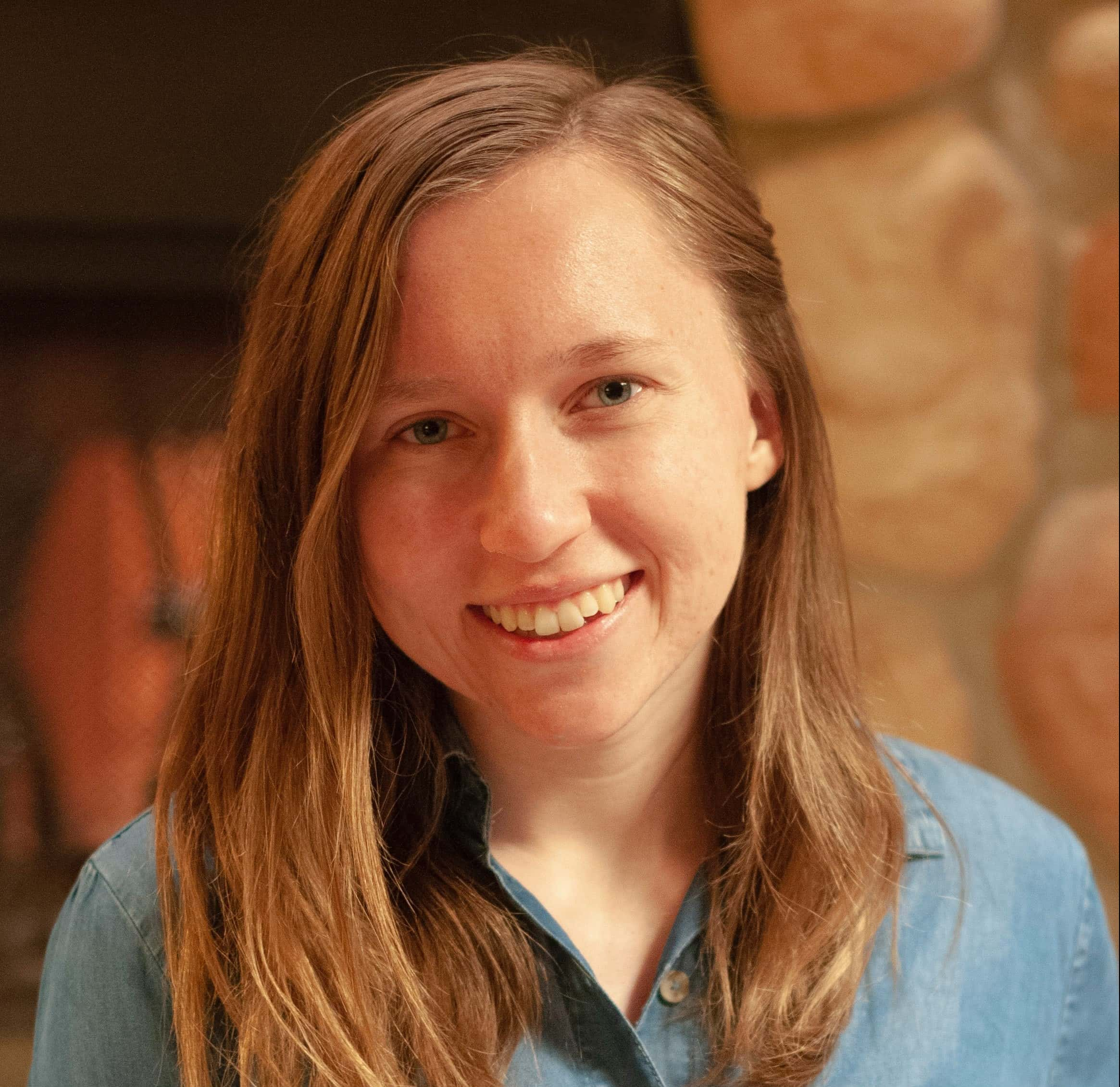Natalie Sturm, a senior studying agroecology in MSU’s Sustainable Food and Bioenergy Systems program in the College of Agriculture’s Department of Land Resources and Environmental Sciences, was one of 20 undergraduate students selected as part of the USDA’s 2020 Future Leaders in Agriculture Program. The goal of USDA program is to assist young agriculturalists from around the nation in shaping the current and future state of agriculture by interacting with policymakers, producers and industry leaders at the annual USDA Agriculture Outlook Forum.
The Forum is USDA’s oldest and largest annual gathering. It brings together more than 1,500 participants from the U.S. and around the world, including producers, processors, policymakers, government officials, and nongovernmental organizations. The Forum’s program includes more than 30 sessions and 100 expert speakers.
The 2020 Outlook Forum is themed “The Innovation Imperative: Shaping the Future of Agriculture.” The Forum’s plenary panel and several breakout sessions will focus on the central role science and innovation play in driving future growth and addressing challenges facing farmers.
This will be the first time in Washington D.C. for Natalie, however, she is no stranger to a bigger city. “I grew up north of Chicago, definitely not an agricultural area at all” said Sturm. Natalie gained her love for Ag after taking a human nutrition class that “introduce her to the idea that agriculture can actually be a big part of the solution for solving some of our most pressing environmental problems.”
Drawn by MSU’s Honors College and sustainable agriculture curriculum options, Sturm arrived in Bozeman in 2016 and immediately became involved in both research and her new community. She spent the summer after her freshman year studying local food systems in eastern Montana and later took a trip to Morocco to participate in a research project focused on sheep grazing and plant surveying. But some of her favorite work has been done in the Food and Health Lab, examining how agricultural management and the environment impact the nutrient density of agricultural crops.
While busy with undergraduate research projects, Sturm has reserved time for engagement in the greater MSU and Montana communities. She’s been a member of the College of Agriculture’s ambassador program for three years, currently serving as chair, and calls it one of her favorite parts of her college experience. As an ambassador, Sturm interacts with prospective students and their families and helps organize events such as MSU Friday and the college’s annual Celebrate Agriculture weekend. She judges middle school and high school FFA events, coordinates ambassador involvement in the annual FFA convention and has long been engaged in showing younger students how agriculture can become a career.
Once Sturm returns from the Agricultural Outlook Forum and a week of networking with legislators, agricultural experts and the 19 other undergraduate and 10 graduate members of the Future Leaders in Agriculture program, she plans to present her research at the National Conference on Undergraduate Research which will be hosted by MSU March 26-28. Unfortunately, that is a weekend that coincides with Montana’s annual FFA convention in Great Falls, an important event for agriculture ambassadors. However, Sturm plans to make room for both events.
For Sturm, who hopes to pursue a master’s degree after she graduates in the spring, the same curiosity and drive sparked by that first middle school nutrition class burns just as brightly nearly a decade later.
“My time here has been a lesson in being open to things happening in ways that I didn’t expect,” she said. “It’s been a lot of learning about how to be a problem solver and how to approach questions. I definitely have a much more refined understanding of agriculture now, but I feel really grateful that I still get to carry that initial passion for sustainable agriculture with me.”
####
Northern Ag Network – 2020
Montana State University News Service
USDA Office Of Communications


